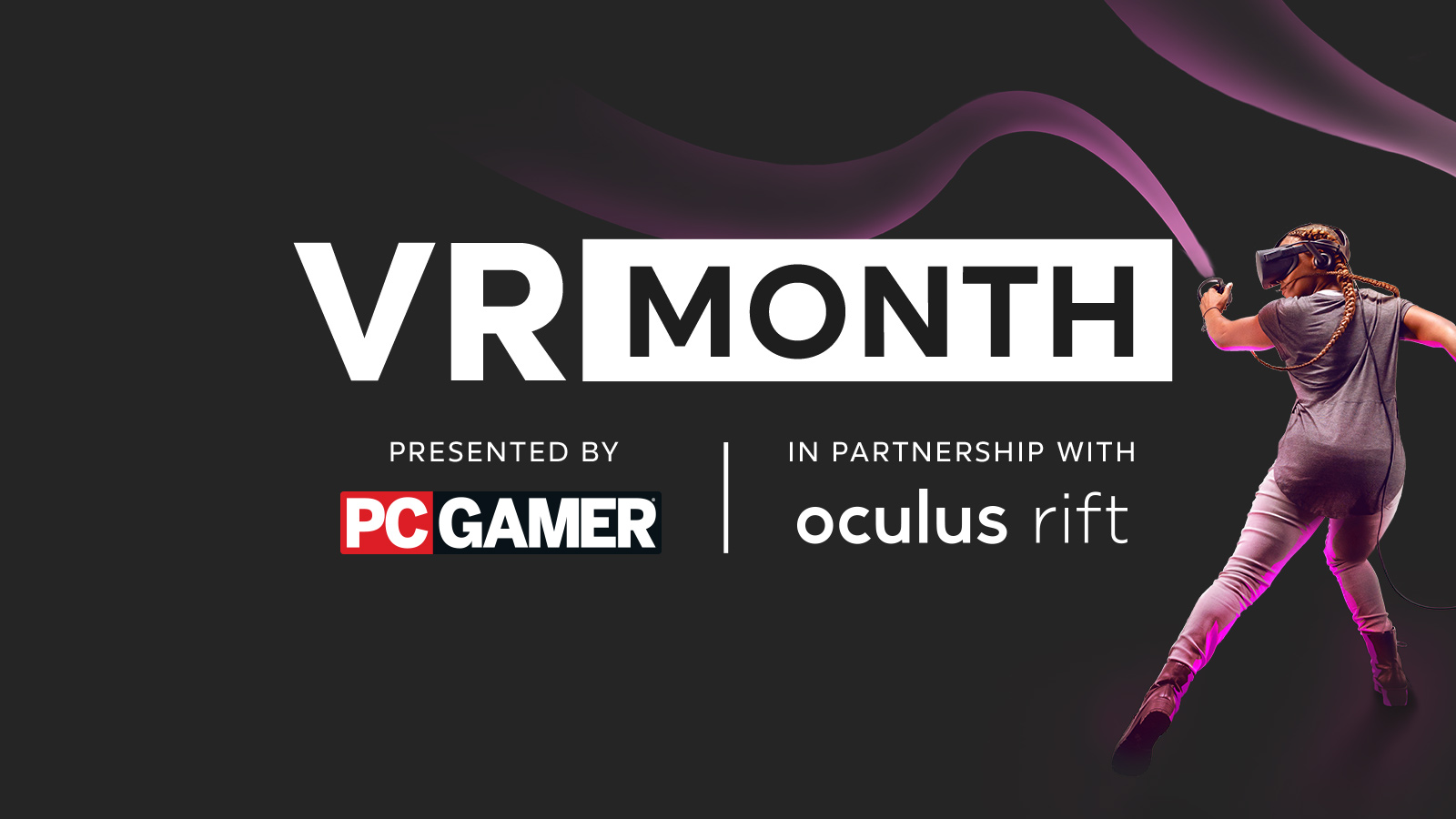Inside today's high-end virtual reality arcades
Huge, warehouse-style spaces and backpacks that cost thousands of dollars.
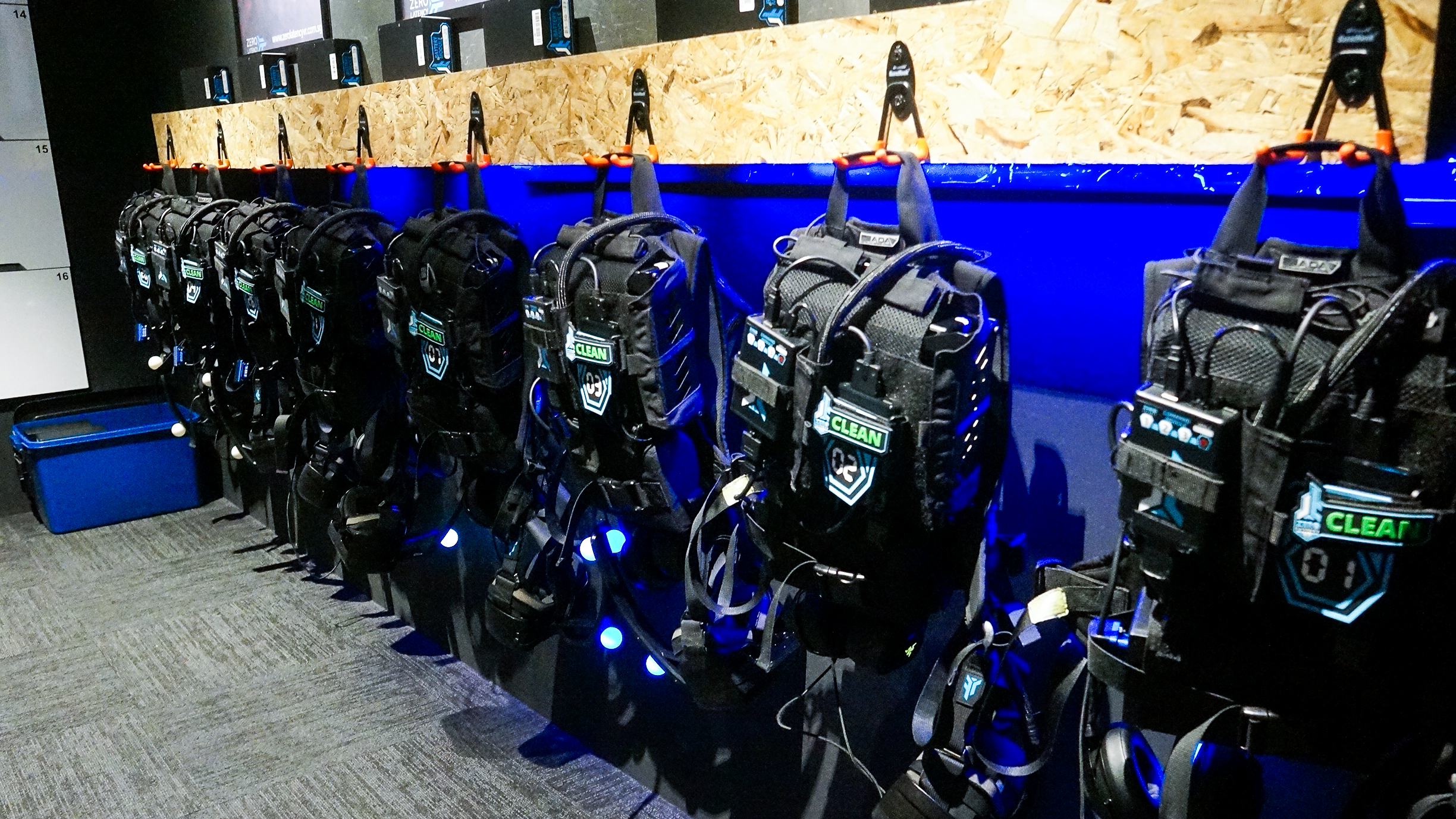
The first thing I noticed about Singapore's VR arcades is how understated they look. Unlike the cacophony of sounds or the flashing lights of a traditional arcade, they're relatively muted, other than a few stray shrieks from hysterical first-timers. Save for their names posted somewhere and the barest of Christmas decoration essentials, some VR arcades are hardly embellished at all, plainly adorned with posters of their games. It's a stark contrast to the boisterous crowds and kaleidoscopic rows of coin-operated cabinets of arcades I remember from my younger years.
To truly create an immersive environment, the technology and supporting hardware can only be offered in a dedicated venue.
Simon Ogilvie, Zero Latency
But it makes sense that VR arcades would dispense with all the flourishes. After all, the main attraction isn't the physical space—it's entirely virtual, where you can gear up to hunt dinosaurs or eviscerate zombies. As arcades have disappeared, they've been replaced with trendy barcades and VR arcades, which have been steadily swelling in popularity. These large, high-end VR arcades let you roam about in fantastical virtual worlds, like in a space station or a post-apocalyptic universe.
Singapore, for example, is home to a few such locations—namely Zero Latency, Sandbox VR and Virtual Room, with each delivering a particular brand of VR experience. These places are mostly franchises, and have locations all across the globe, including San Francisco, Hong Kong, Paris and Sydney. Here's the kind of experience you can find today at the world's cutting-edge VR arcades.
Shooting galore
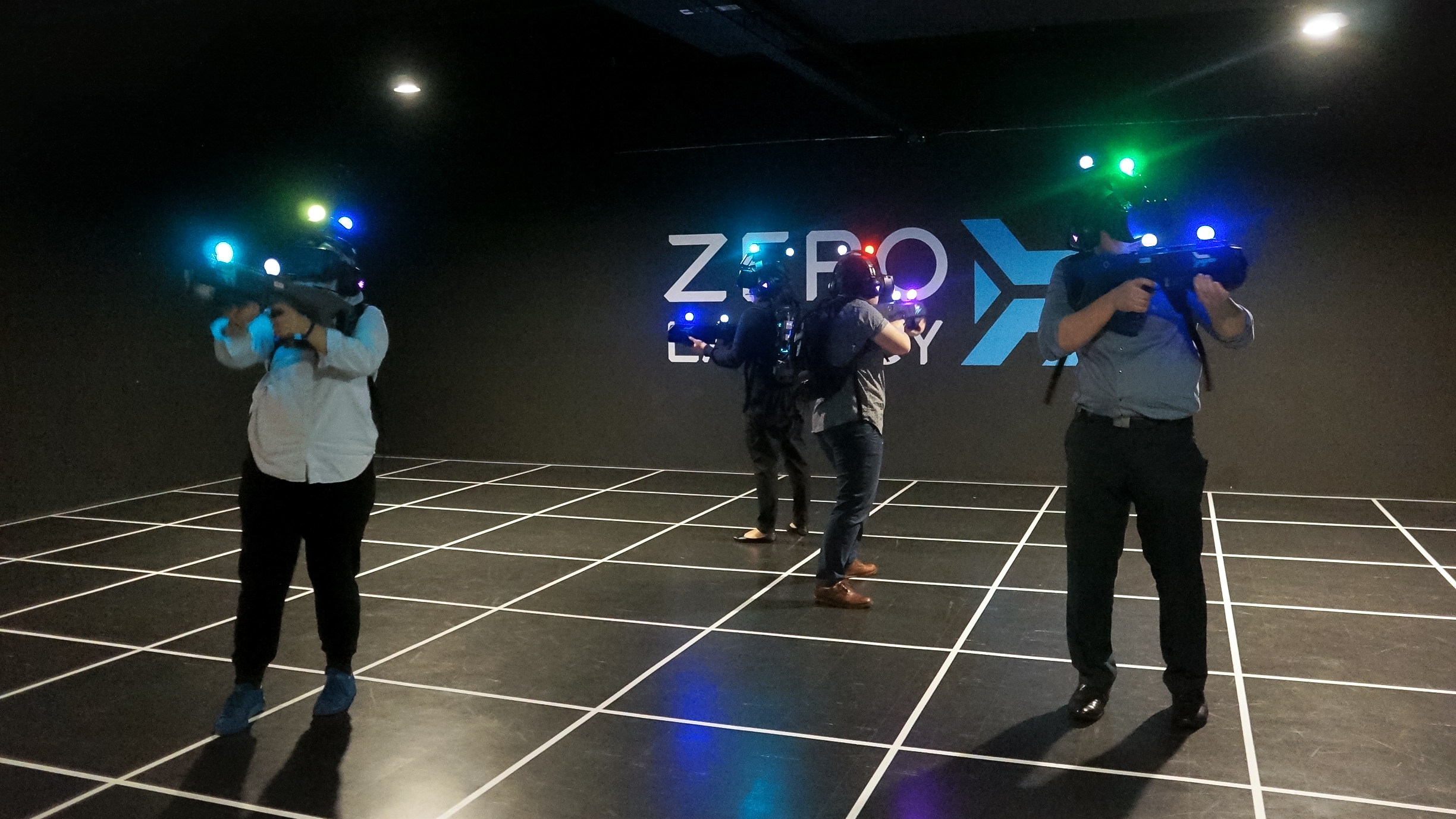
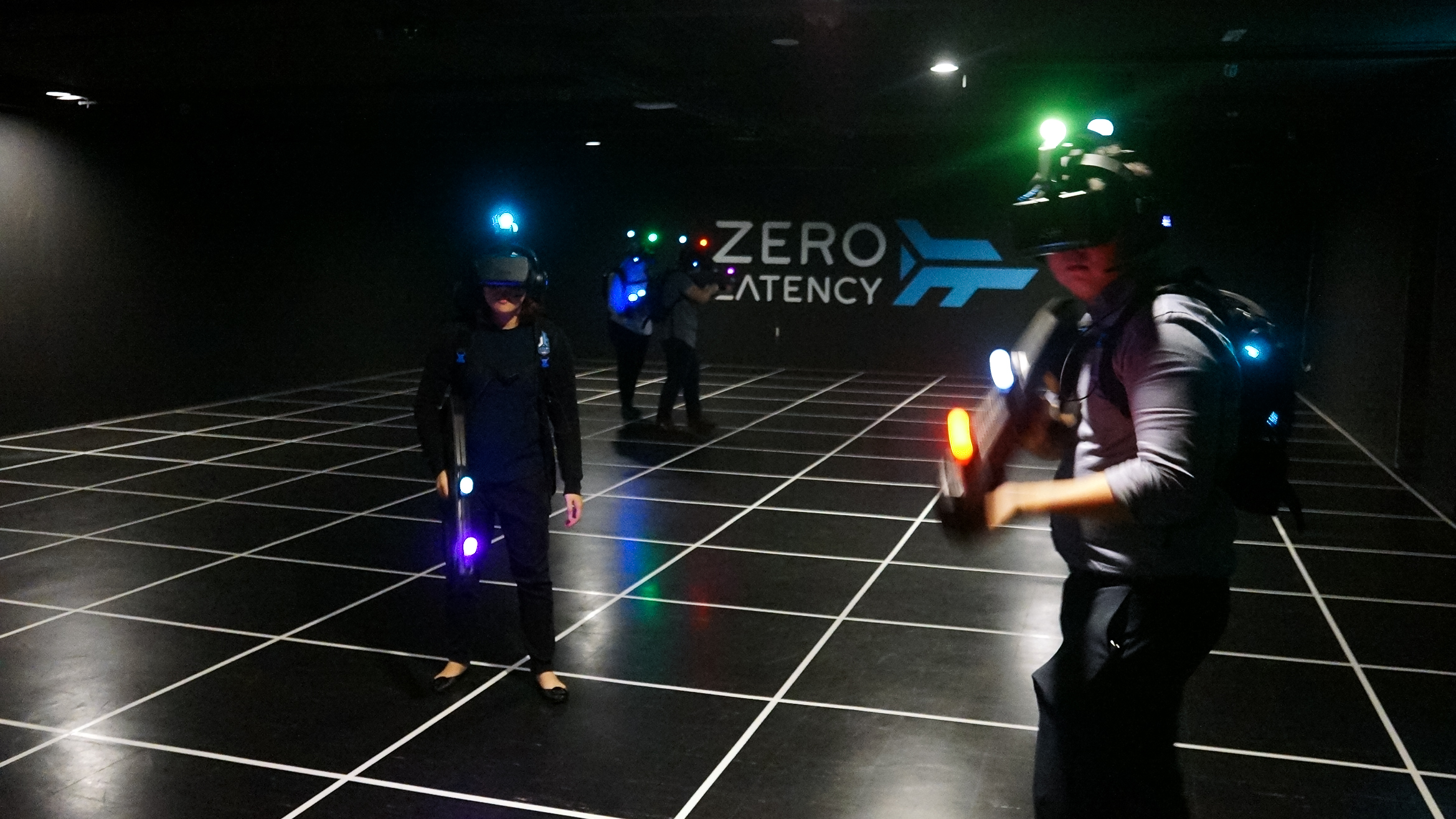
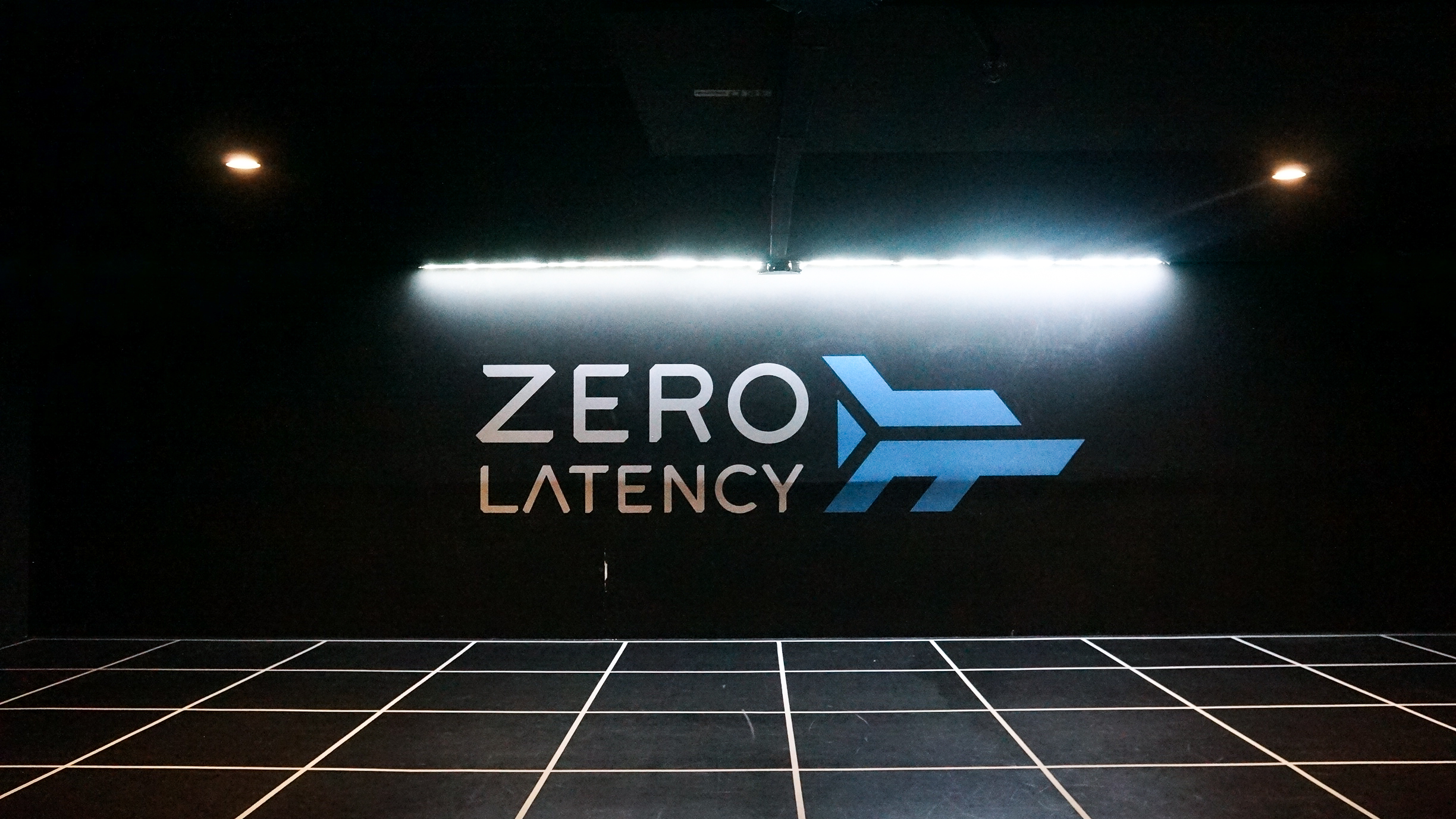
Zero Latency prioritizes free roaming in its virtual world above all else. "The type of VR experience provided by Zero Latency cannot be replicated in home or via mobile devices. To truly create an immersive environment, the technology and supporting hardware can only be offered in a dedicated venue," said Simon Ogilvie, the arcade’s executive director. The room where the arcade’s games play out are pitch black and largely empty, spacious enough for at least four players to roam about freely without colliding into each other.
Zero Latency runs several games in its "warehouse scale physical space." I played one called Outbreak Origins, which is essentially your run-of-the-mill, Left 4 Dead-esque zombie shooter. There were murmurs of finding some cure for the pandemic outbreak, but that’s inconsequential, since blasting these undead, meaty abominations into smithereens was obviously its main draw. What makes Outbreak Origins distinct, of course, are its VR elements: climbing a precariously perched ledge at the side of a building felt genuinely dizzying and exciting, even though I know I was walking on flat ground in real life.
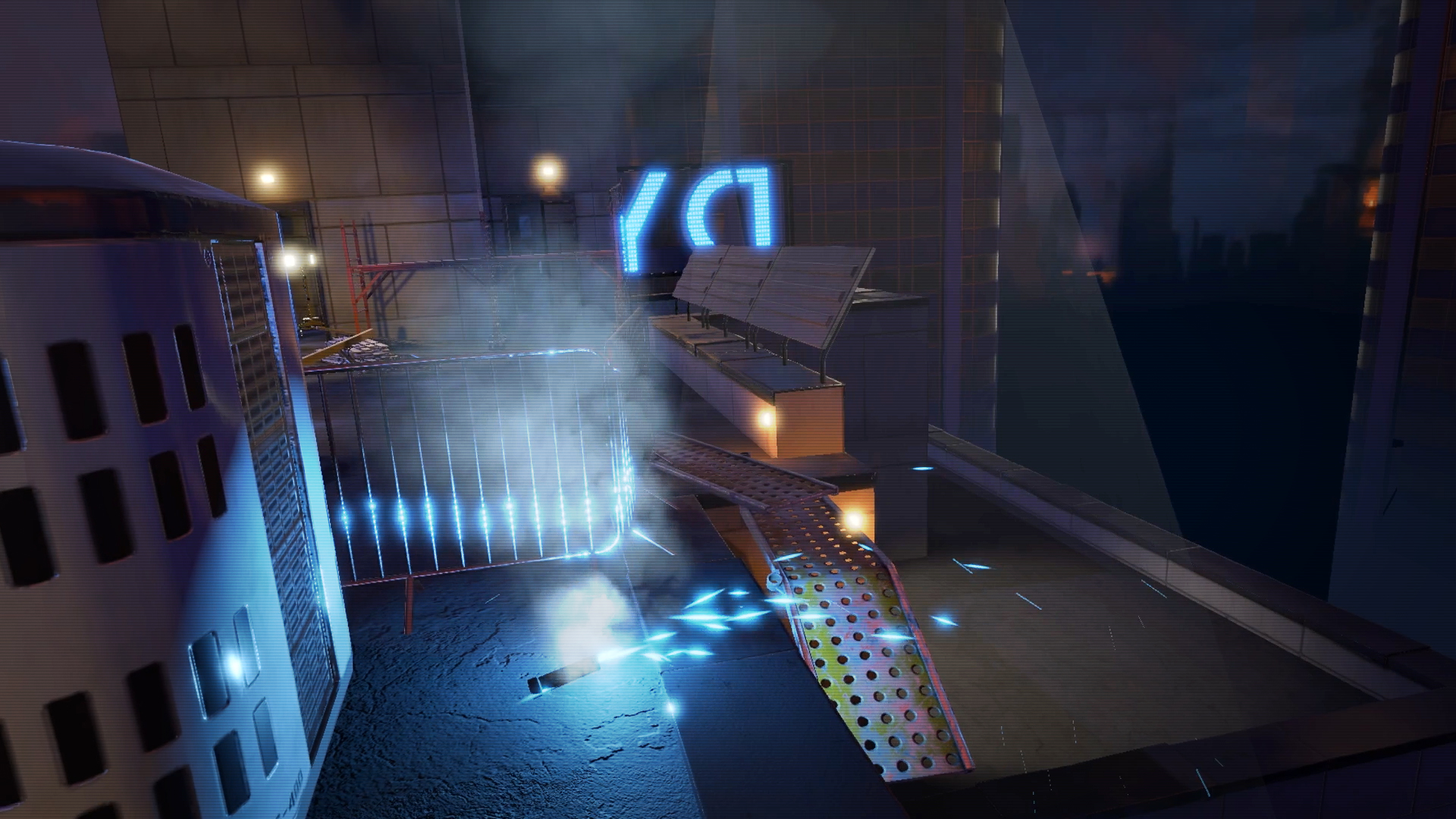
Playing games at Zero Latency involves more than just putting on a VR headset. Each player also carries a hefty rifle with light sensors, a dedicated VR Alienware backpack, and a Razer headset that allows us to communicate with one another. This setup means there’s no cord tethering you to a confined area, but the trade-off is lugging around a heavy load of equipment throughout the 30 minute experience.
While this didn’t wear us out, we were soon sweating around our eyes and had sweat stains where the backpack was fitted (the staff helpfully added that their equipment is thoroughly sanitized). Oh, and remember to put on contact lenses if you’re wearing glasses—you can’t wear them with the OSVR HDK2 headset Zero Latency uses for its games.
The biggest gaming news, reviews and hardware deals
Keep up to date with the most important stories and the best deals, as picked by the PC Gamer team.
Sandbox VR is another arcade based in a much more modest and unassuming retail space. Like Zero Latency, the bulk of the action is also set in a plain room, albeit one that's significantly smaller. Players can only move about within an enclosed area, but running into each other too frequently still isn’t much of an issue, thanks to in-game warnings. VR headsets, VR backpacks powered by MSI, weapons and even haptic vests that vibrate when you take damage are provided, but a key departure from the Zero Latency’s experience is the motion trackers we strapped on our wrists and ankles. These tracked the movement of our limbs, while still keeping our hands free to brandish weapons and other objects.

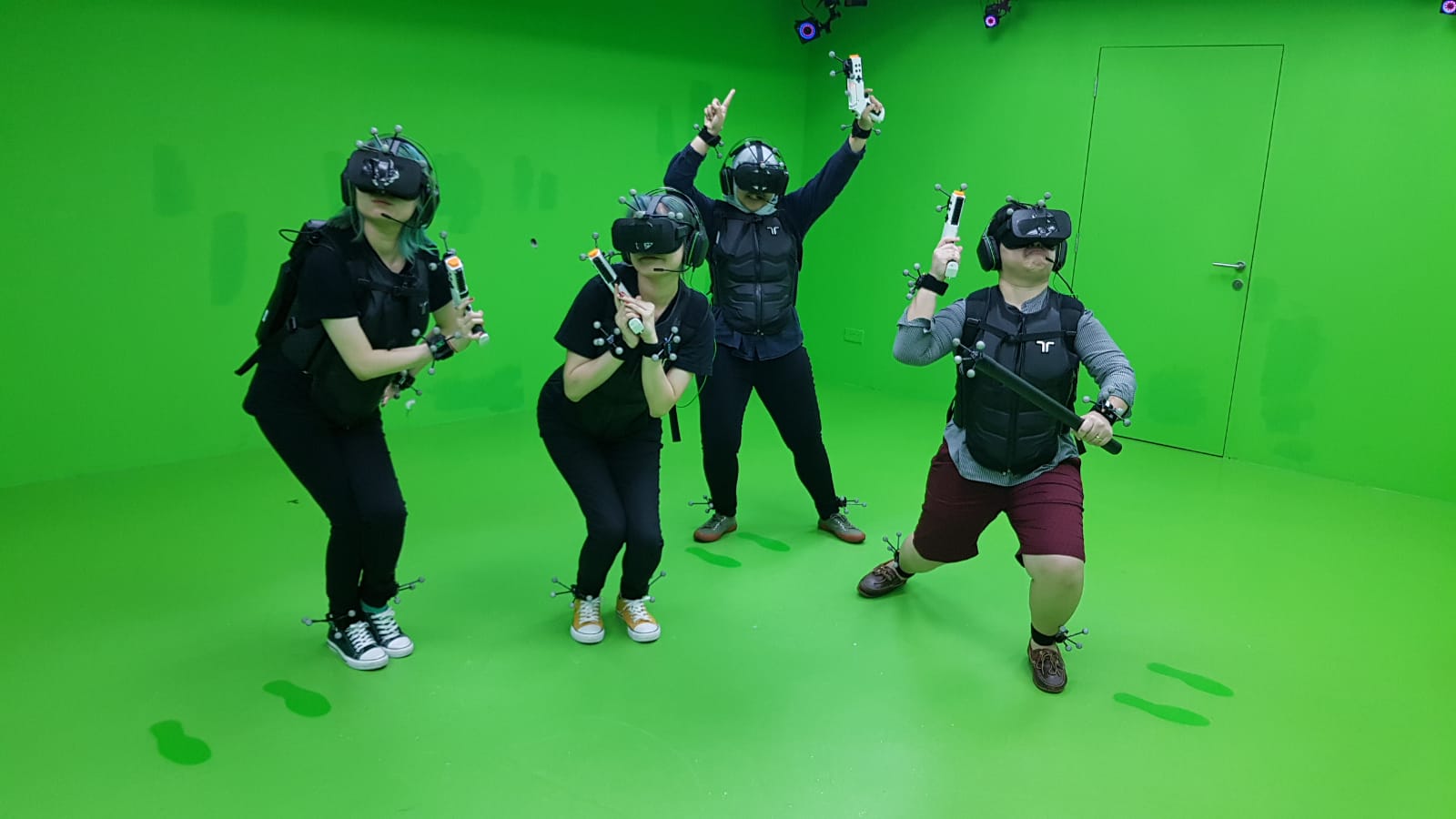
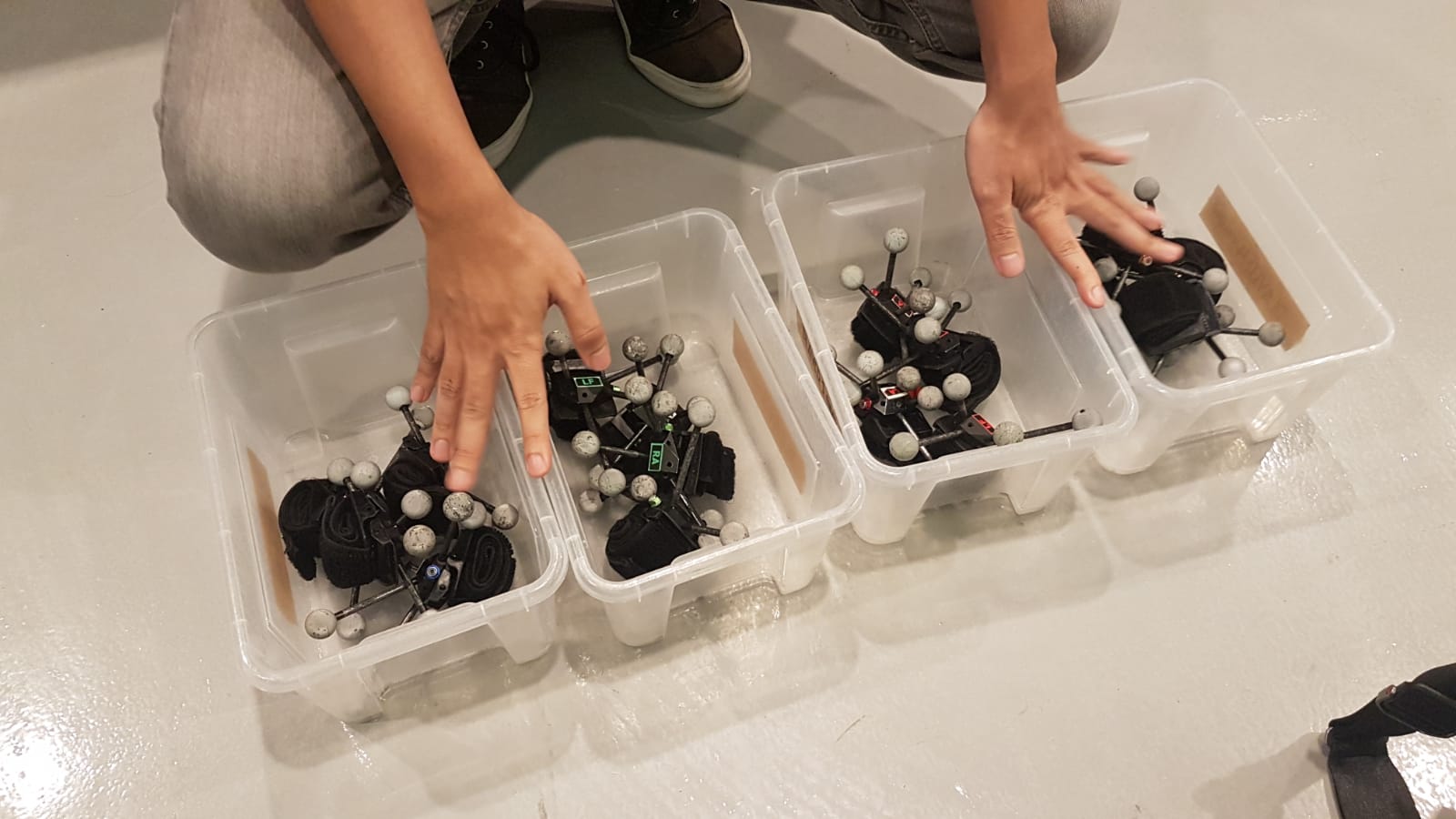
"Those [motion trackers] are actually made by ourselves," said Eugene Goh, the store manager of Sandbox VR, sharing that they function similarly to motion capture techniques used for films. "The tracker balls are actually read by the camera. At specific positions, they can still be read as your right or left hand." This adds another layer of interactivity; when I was trying out their pirate-themed game The Curse of Davy Jones, I realized I could shove the pesky skeleton crew away with my hands and kick and stomp at invading imps around my feet.
Solving interactive puzzles
Unlike the shooting experiences I played at Zero Latency and Sandbox VR, the third VR arcade I visited, Virtual Room, places a bigger emphasis on collaborative puzzle-solving. Each player is shuffled to an individual room where they put on a headset as a staff member gives a brief explanation of the game. Hanging from the ceiling via a cord is an HTC Vive and a pair of accompanying controllers, but the fact that there's no other heavy equipment to put on did make the experience feel unexpectedly more liberating than the others. Stretching the wrong direction occasionally left me in tangles—I once had to physically untug a cord from under my arms—but they mostly didn’t get in the way.
"One thing that sets us apart is the space," said Deanna Lee, the manager of Virtual Room Singapore. "The ability to accommodate big groups is really a lot lesser [for the other arcades]. Let’s say you have a birthday party and you want to accommodate 16 people. Virtual Room is probably the only place that allows you to do that."
That was true in my experience—Virtual Room has 22 rooms in all, though it seems that each game can only take in up to 4 players, so not everyone can participate in one instance at the same time. Sandbox VR was much smaller with just two rooms, each of which can only accommodate five people comfortably. Zero Latency’s Singapore location only has a single room, but its emphasis on free-roaming also meant that it probably wouldn’t make sense to have groups larger than six people.
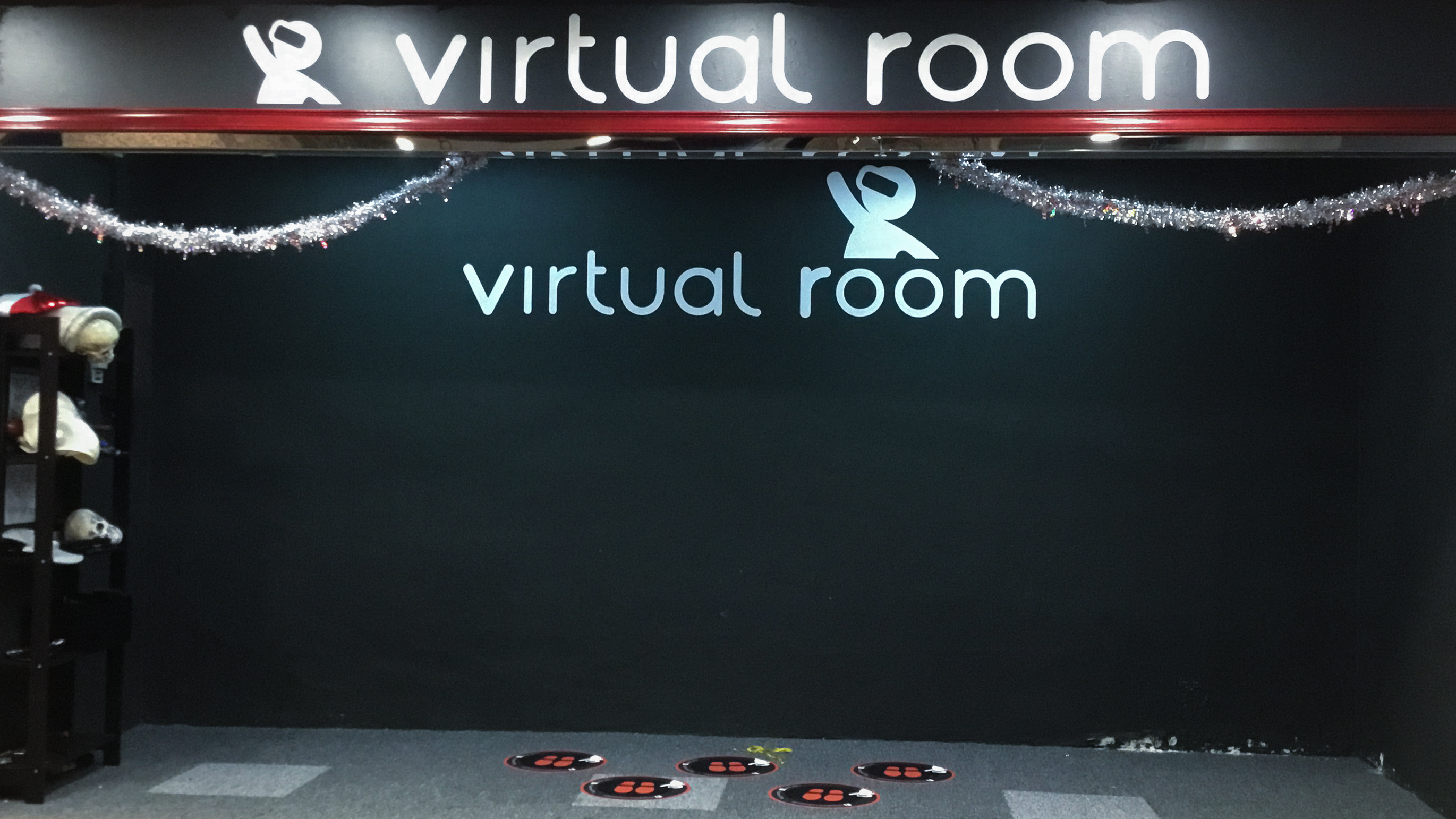
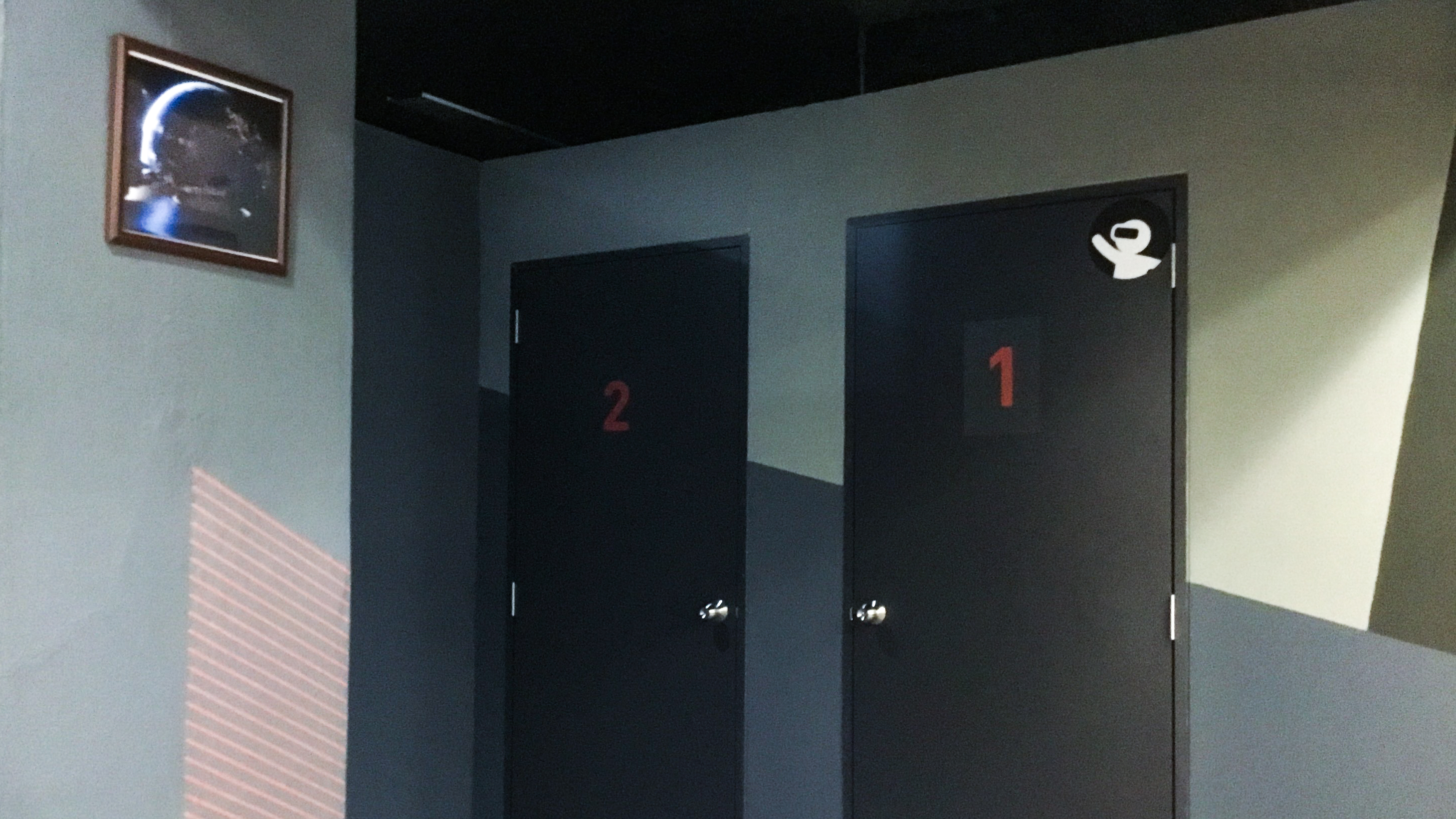


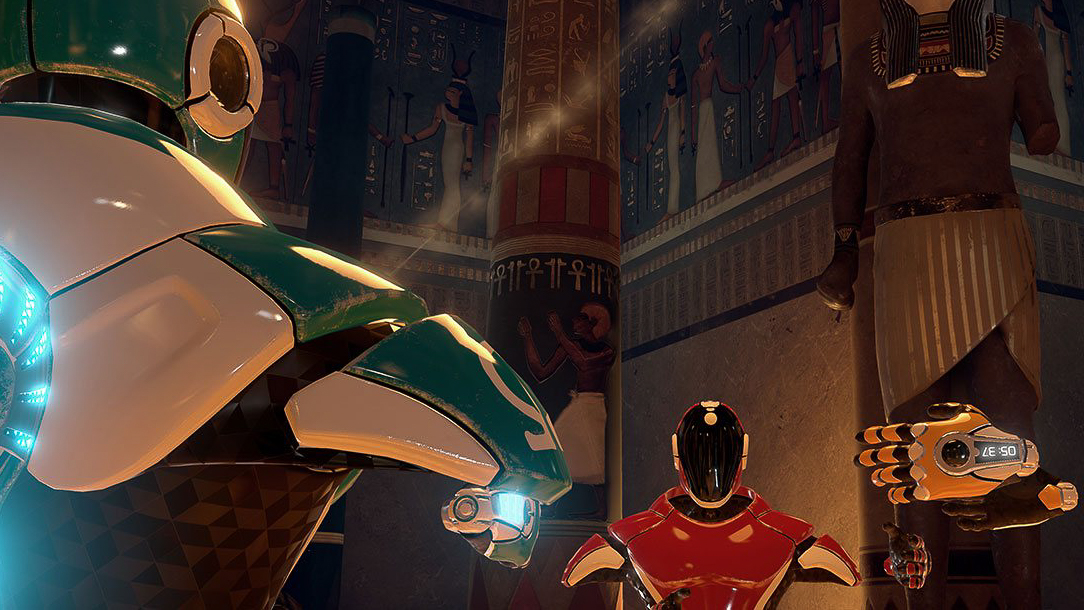
What’s unexpectedly delightful at Virtual Room is how integral fiddling with the game’s virtual objects is to solving puzzles, which the Vive's motion controllers proved to be great for. In one instance I had to fix a rocket that was left behind on the moon. It was missing a part, and I realized that the piece I needed was with another player who was on the other side of the moon. Since I couldn’t walk over to her, it soon dawned on us that the piece had to be thrown over from her end. She flung it over her head and around the moon, and in the low gravity the piece sailed over my head a few times before I eventually caught it with the tip of my fingers.
Despite these quirks, Lee acknowledged that Virtual Room doesn’t attract a lot of gamers. Instead, the arcade sees more corporate teams and groups of families and friends who are looking for a one-of-a-kind activity to do together. "The games really force you to work as a team," she added. "If you have one guy who has no idea what he's doing, the only way is to teach him, to communicate exactly what you need." Zero Latency, by comparison, tends to attract a slightly older crowd, although they do have regulars who frequently come back for more.
High-end VR arcades are cool and novel, but the games themselves are typically formulaic.
These arcades may offer largely different experiences, but what they share is a reluctance to show off singleplayer VR, instead preferring to develop team-based games you can’t get elsewhere. "We do get many requests from people who want to use our equipment to play their own Steam games," said Lee. "But we don't do that, because we don't want to be like any other arcades where you can go to play random games."
Goh from Sandbox VR echoed this sentiment, stating his belief that VR arcades are made for team experiences. "Some VR arcade are like singleplayer experience where you just rent a headset for SG$15 (US$11) an hour, which kind of defeats the purpose of going to an arcade," he said.
The realities of VR arcades today
High-end VR arcades are cool and novel, but the games themselves are typically formulaic. Sandbox VR’s games, like The Curse of Davy Jones, tend to follow a pattern that quickly becomes predictable when you go for a second round. It goes roughly like this: the players are surrounded by a wave of enemies, followed by a mini-boss fight. A second but stronger wave of attacks soon attacks, and a final boss fight ends the round.
Compared to the wide open environments and freedom of choice in a game like Battlefield, or the raw speed and intricate environments of Doom, it's simplistic. Those shooter experiences don't translate easily to VR. Plenty of launch VR games for the Vive and Oculus Rift suffered similar problems—most of the best VR games are built with the medium in mind, rather than cramming a rote formula into virtual reality.

For Virtual Room, Lee believes that they'll be able to tackle such concerns when they develop new chapters of their game, which she promised will contain even more challenging puzzles. "Right now we have two chapters, but I’d say that chapter one is the prerequisite for chapter two. While chapter one is more intuitive, it’s also less confusing and demanding," elaborated Lee. "Conversely, a lot of people struggle when they insist on doing [chapter] two first."
Another point of contention for these VR arcades is their steep prices. A turn at Zero Latency costs as much as buying a videogame: a half hour session is about SG$59 (US$43). Sandbox VR has slightly more competitive rates at SG$42 (US$31) for 30 minutes’ worth of game time, while Virtual Room is at SG$49 (US$36) for 45 minutes. This is a point Ogilvie acknowledges; as with all location-based entertainment in big cities like Singapore, one persistent challenge is how expensive the facilities are, which can translate to higher costs for its customers.
"Although contained in a relatively efficient footprint of around 4,000 sq ft, standard rental structures can be a challenge to manage for such businesses," he explained. This is also coupled with the relatively high costs of the VR equipment, which all three representatives agree is a key challenge of operating a VR arcade.
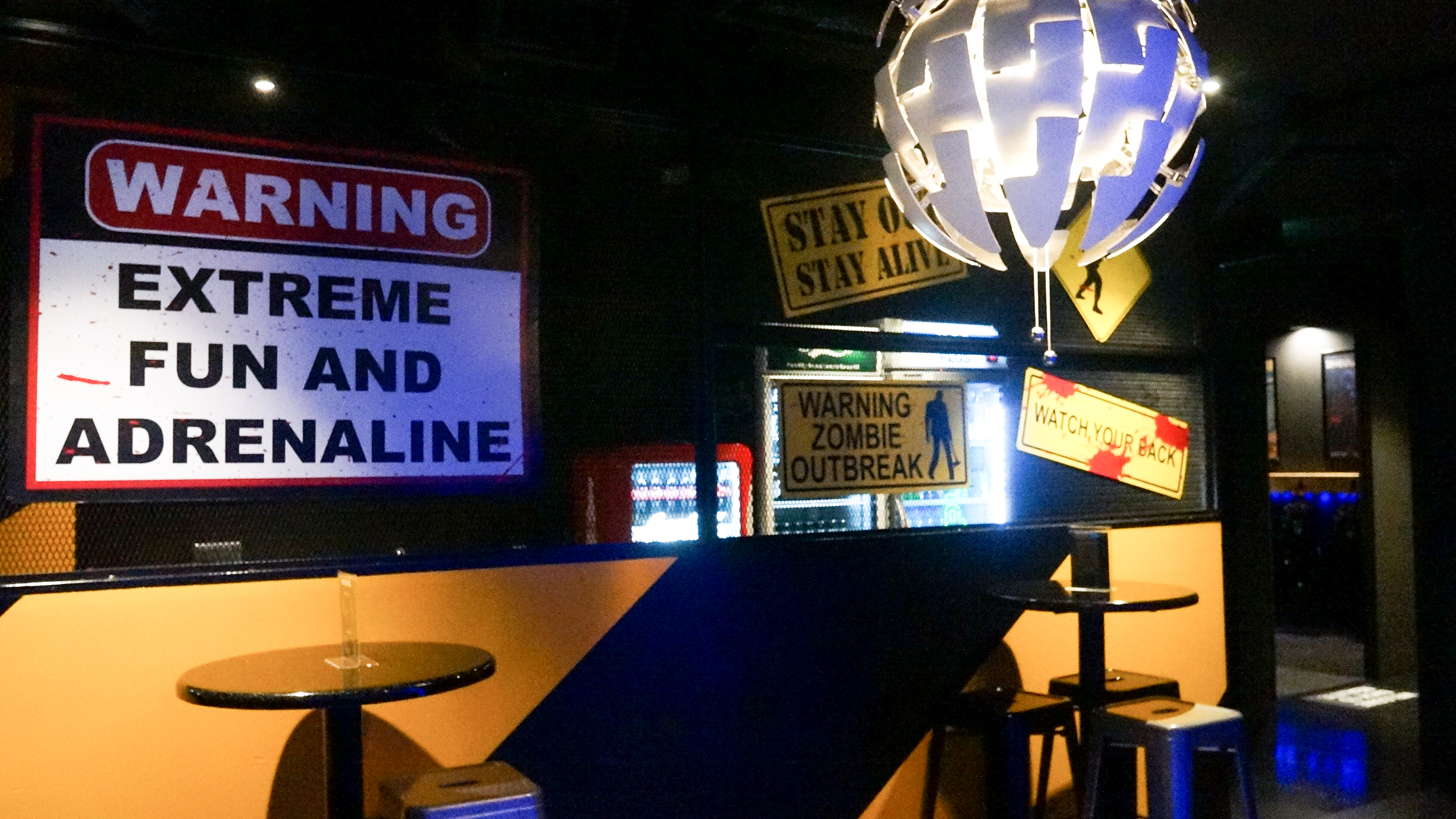
"One VR backpack PC is already a few thousand dollars, and while it’s extremely durable, just needs one person falling on their back is enough [for the item to be damaged]," said Goh. "Replacing a VR headset in Singapore is also quite difficult, because it’s not easy to find one locally. There are no Oculus retailers in Singapore, so we can only ship them in from overseas. Unfortunately, this means they don’t come with a warranty too."
Even in cities like los Angeles or New York where the hardware's easier to come by, it's still an expensive investment. The high costs of VR is a conundrum for an industry that’s undoubtedly still in its nascent stages. IMAX recently announced that it’s closing its suite of VR arcades, after struggling to pull in bigger crowds. Yet local VR arcade operators still remain optimistic about their prospects.
"There is a growing demand, not just in Singapore, for indoor experiential entertainment offerings. We see mall operators across the region expressing interest in concepts that consumers can’t experience at home, so to that end, I think the 'out-of-home entertainment' industry will continue to grow," Ogilvie said. Perhaps unlike traditional arcades, VR arcades can continue to flourish in the years to come.
